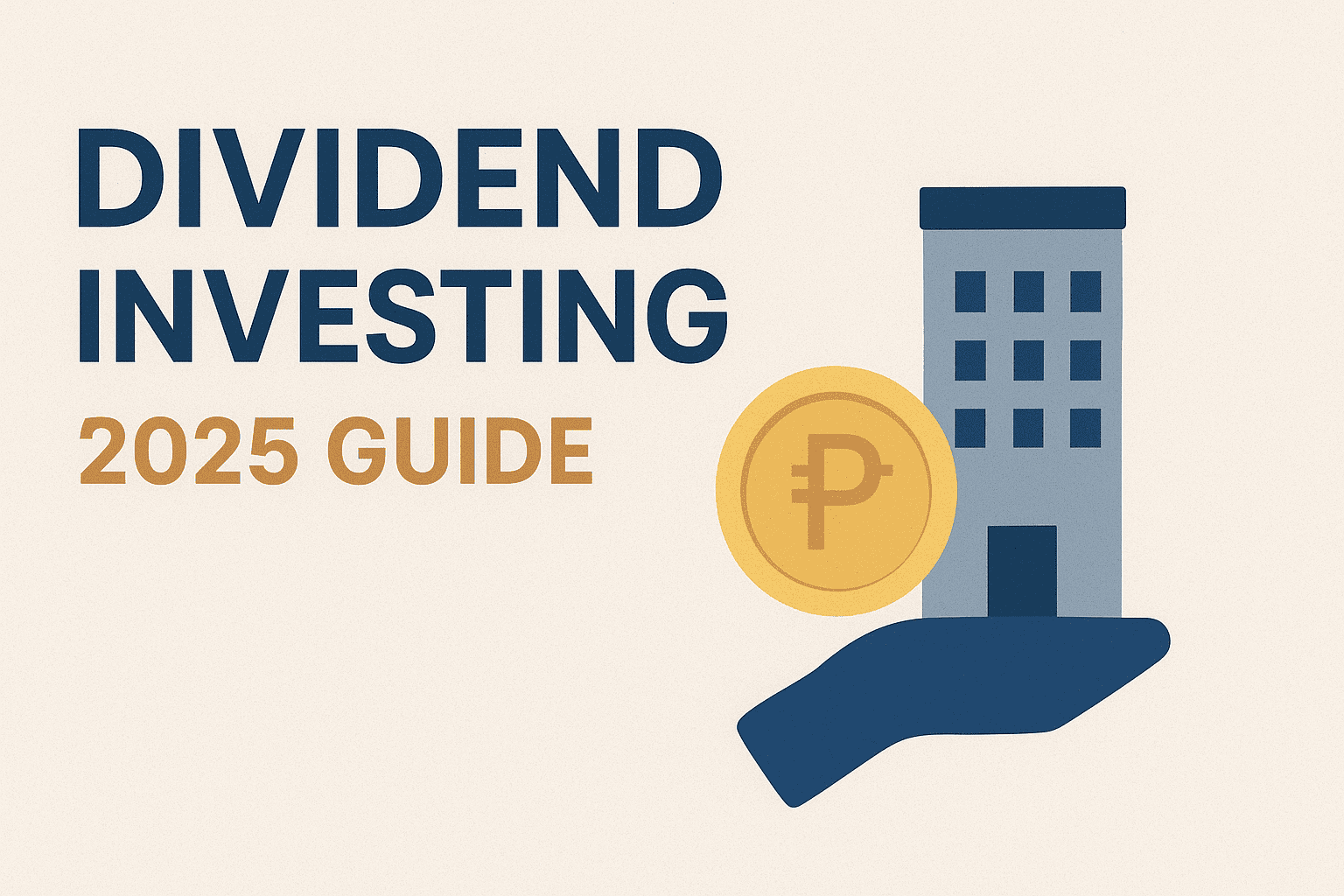If you’ve ever wondered how some investors make money without constantly buying and selling stocks, the answer might be dividend investing. Unlike traders who chase price swings, dividend investors focus on building a portfolio of companies that regularly share their profits with shareholders.
In this guide, let’s break down what dividend investing is, how it works, and whether it’s a good strategy for Filipinos looking to build wealth and passive income.
What is Dividend Investing?
Dividend investing is a strategy where you buy stocks of companies that regularly pay dividends. A dividend is basically a portion of the company’s profit that gets distributed to shareholders. Think of it like getting a “bonus” just for owning the stock.
For example:
- If you own 100 shares of a company that pays ₱1 per share in dividends, you’ll receive ₱100 in dividend income—without selling anything.
This approach attracts investors who want steady income instead of just hoping that the stock price will rise.
How Do Dividends Work?
When companies earn profits, they can either:
- Reinvest in the business (to expand or pay off debt), or
- Share some of the profit with shareholders through dividends.
Dividends are usually given quarterly or annually, depending on the company. In the Philippines, many blue-chip companies listed on the Philippine Stock Exchange (PSE) regularly pay dividends.
Examples of dividend-paying stocks in the Philippines include:
- PLDT (TEL)
- Globe (GLO)
- Ayala Corporation (AC)
- SM Investments (SM)
- BDO Unibank (BDO)
Why Choose Dividend Investing?
Here are some reasons why many investors love this strategy:
1. Passive Income
You don’t have to sell your stocks to earn money. Dividends provide cash flow while you continue holding your shares.
2. Long-Term Wealth Building
Reinvesting your dividends to buy more shares creates a compounding effect, allowing your investment to grow faster.
3. Lower Stress vs. Trading
You don’t need to monitor daily price movements. Dividend investing is more about patience and consistency.
4. Inflation Hedge
Many strong companies increase their dividends over time, which helps your income keep up with inflation.
Risks of Dividend Investing
Like all investments, dividend investing is not risk-free. Here are some things to keep in mind:
- Dividend cuts – Companies can reduce or stop paying dividends during tough times.
- Market risk – Stock prices can still go down even if the company pays dividends.
- Overreliance – Focusing only on dividends may cause you to miss out on growth companies that reinvest profits instead of paying them out.
How to Start Dividend Investing in the Philippines
- Open a brokerage account – Examples: COL Financial, BDO Securities, First Metro Sec, etc.
- Choose dividend-paying stocks – Focus on companies with a track record of paying dividends.
- Look at Dividend Yield – This tells you how much dividend you get compared to the stock price. For example, if a ₱100 stock pays ₱5 in dividends, the yield is 5%.
- Diversify – Don’t rely on just one company. Build a mix of banks, utilities, and blue-chip firms.
- Reinvest your dividends – Grow your portfolio faster by using dividends to buy more shares.
Is Dividend Investing Right for You?
Dividend investing is best if you want:
- Steady passive income
- Lower stress investing
- Long-term wealth building
However, it may not be ideal if your goal is quick profits or if you want to invest in high-growth startups that don’t pay dividends.
Blogger’s Corner
Dividend investing is one of the simplest ways to let your money work for you. Instead of chasing quick wins, you build wealth slowly and steadily while receiving regular payouts.
For Filipinos dreaming of financial independence, dividend investing is a practical strategy. Whether you use the dividends for extra cash or reinvest them for compounding growth, the key is consistency and patience.
